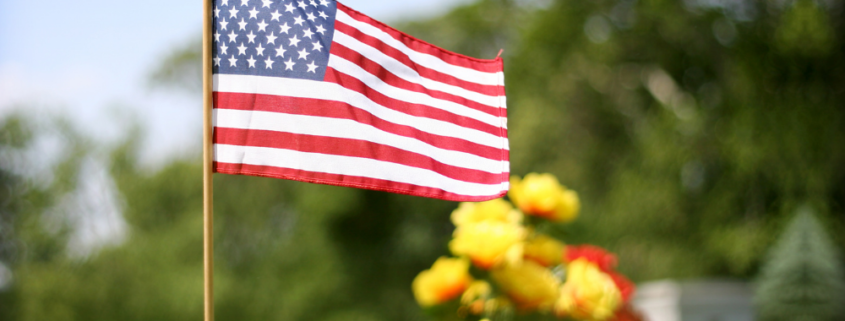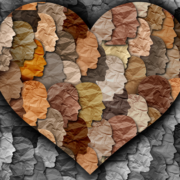Memorial Day History
Do you know the history of Memorial Day? For some people, Memorial Day gives them a 3-day weekend to spend time with friends and family. While that’s great, it’s also important for us to remember the history of Memorial Day and the reason behind it. Read on to learn about this often misunderstood national holiday.
What is Memorial Day?
Taking place on the last Monday of May, Memorial Day is unofficially known as the beginning of summer. It’s heating up outside, kids are almost done with school, and people are excited about enjoying the outdoors more.
Because Memorial Day offers a 3-day weekend for most people, it’s seen as a great opportunity to travel. Some people take vacation on Friday, giving them the chance to have a 4-day weekend. Others stay home and plan a big Memorial Day cookout.
But that’s not what Memorial Day is all about. The point is to remember the men and women of our military who died in service to our country. They gave the ultimate sacrifice so we can have more freedom than many other people get to enjoy.
How Memorial Day Started
The American Civil War was brutal and claimed more American lives than any other war before it. To pay tribute to these fallen soldiers, Americans would decorate the graves of these men with flowers and pray over them.
In Waterloo, New York, the first Memorial Day was celebrated on May 5, 1866, one year after the Civil War had ended. Not only did people put flowers on the graves of these fallen soldiers, but Waterloo also turned it into a community-wide event. Businesses shut down for the day.
A few years later, General Jon A. Logan called for a national day of remembrance. He determined it would be May 30th. He called it Decoration Day. He chose that day because no particular battle had happened on that date in the past. On Decoration Day, 5,000 people came out to decorate the graves of soldiers at Arlington National Cemetery. This movement continued to grow in the northern states over the next few years.
While the original focus was on remembering soldiers who had died in the Civil War, the U.S. expanded the holiday to honor fallen soldiers from subsequent wars including World War I and II, the Vietnam War, and Korean War. Decoration Day, which eventually came to be called Memorial Day, was still held on May 30th.
How Memorial Day Changed from May 30th to the Last Monday
In 1968, the Uniform Monday Holiday Act was passed by Congress, changing Memorial Day to the last Monday in May. It went into effect in 1971. This essentially did two things at the same time.
First, it turned this day into an official national holiday. Up until that time, Congress hadn’t been involved and it had been more of a tradition than an actual holiday. Second, this gave federal employees, including the armed forces, a 3-day weekend at the end of May.
Conclusion
For some people, Memorial Day is just a day of firing up the barbeque with friends or a good opportunity to travel. While it’s nice to be able to spend time with friends and family, it’s important for us to also remember the history of Memorial Day and the real reason why it exists. It’s a chance for us to stop working and reflect on how blessed we are because thousands of men and women paid the ultimate price for our freedom.













